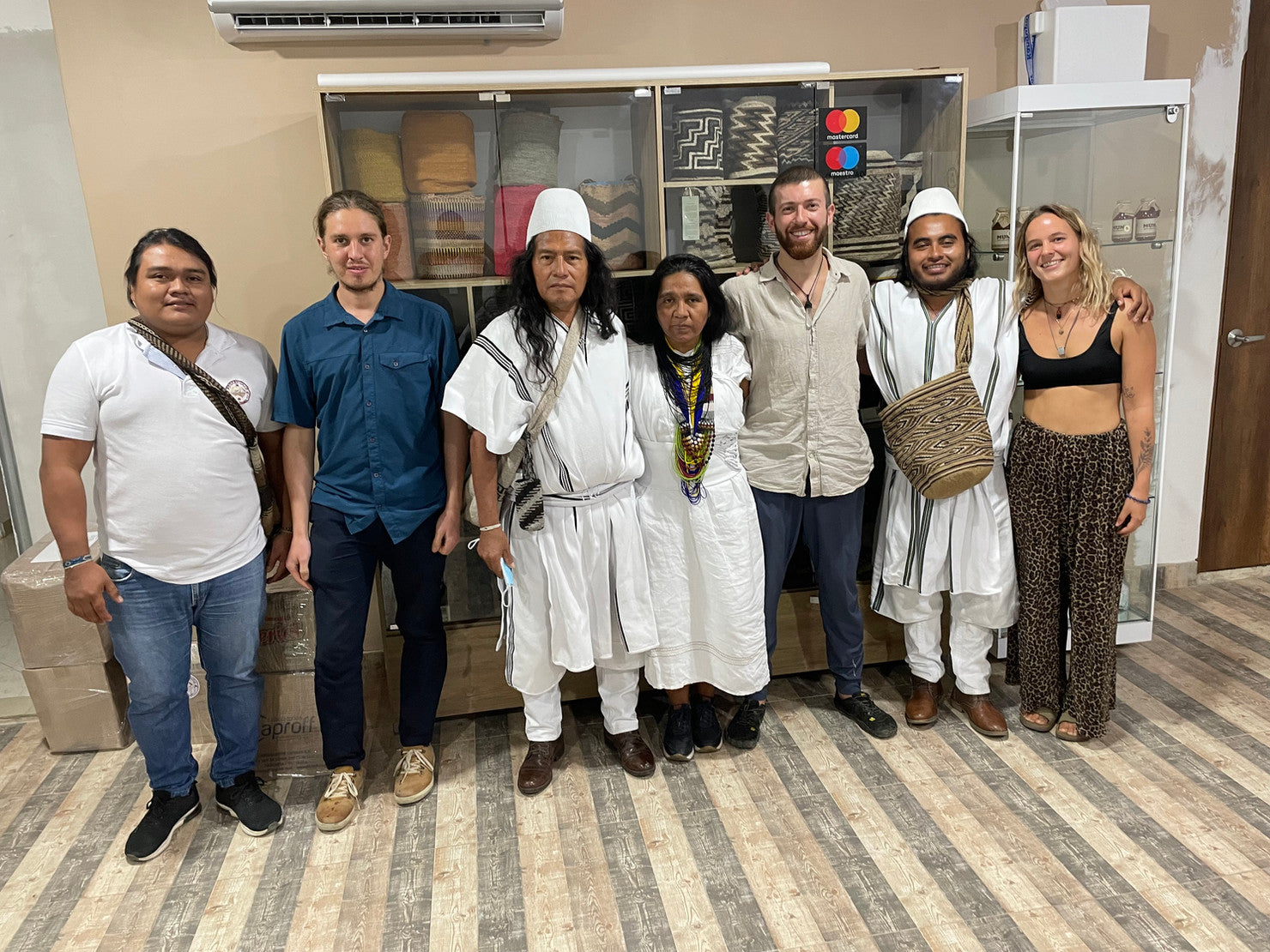
About 5 years ago, during my first stay in Colombia, we hiked through a national park, the Parque Tayrona. This is known for its incredible biodiversity and the natural spectacle that occurs when wild mountain jungle flows directly into the Caribbean Sea. Even then, on our hike through the national park, we encountered tribesmen dressed in white. Sometimes accompanied by a donkey or a mule, usually with a cheek full of coca. At the time, I felt extremely alien to this very different culture and at the same time so fascinated by it.

Just 5 years later, I find myself back in the same region. But this time it's not because of the breathtaking nature. This time I'm attracted by a very special bean, called Businchari (translated: new beginning ), cultivated by the same tribe that fascinated me back then. If someone had told me back then that I would one day come back to buy cocoa beans from the Arhuacos of the Sierra Nevada, I wouldn't have believed it.
Now, with the help of Jan and Original Beans, it's almost obvious...
Original Beans has been working with the Arhuacos for some time now and is closely involved in their development in relation to cocoa. Thanks to their help, the Businchari has made it from the most remote corners of the national park down to the reforested food forests of the Arhuacos. It is believed that it is the origin of the Criollo Blanco, which has migrated to the Amazon rainforest.
An excursion to this tribe and its connection with cocoa: The Arhuacos once lived in the entire area between the dream beaches of the Caribbean and the snow-capped peaks of the Sierra Nevada. Their vision, both then and now, is the union of polarities, heaven and earth, male and female, mountains and sea, in order to maintain the fragile balance of the earth.
Their spirituality encompasses the personification of nature as one of their tribe members whose health and well-being must be protected. They are in close communication with their environment.
The most deeply connected person in their culture is their spiritual leader, the so-called Mamo. He is the medium that communicates between their 121 (natural) deities and the tribe. The Mamo carries the knowledge of the plants, the mountains and the gods and makes it accessible to the Arhuacos tribe. That is the theory! Since the arrival of the great explorers around 600 years ago, the Arhuacos have experienced setbacks in many ways.
They were forced to give up large areas of land, especially in the maritime region, to settlers in order to avoid violent conflicts. As a result, they lost their connection to these parts of nature.
They were and in some cases still are forced to live in high mountain regions and feed themselves from the barren landscape around them.
Now, after 6 generations of this restricted life, the Arhuacos have had access to the sea for the first time since Columbus and thus the opportunity to reunite this polarity that is so important to them. Unfortunately, in 600 years of "absence" a large part of the knowledge about the flora and fauna prevalent on the coast has been lost. This of course includes cocoa .


Unfortunately, in 600 years of "absence" much of the knowledge about the flora and fauna prevalent on the coast has been lost. This includes, of course, cocoa .

With the help ofOriginal Beans and the rediscovery of the Businchari tree, a new beginning is really happening for the Arhuacos. They are now exploring the area that was once their home again and learning to use it for themselves. Such an important step that we are now able to support by purchasing their original cocoa beans. On the right you can see the large tree under which the Arhuacos always gather to discuss important things and also to celebrate their tribal culture. It is a great honor for us to be able to get to know and appreciate these sacred places of the Arhuacos.

Before my trip, I wasn't really aware of the significance and symbolism of cocoa for the Arhuacos. After spending a few days with them, I not only understand it, I can feel it. By purchasing a total of 300 kilograms of these special cocoa beans, we are sending a signal from outside to the tribespeople and saying: " You, as well as your work, are important to the bigger picture. "
The cocoa beans are already loaded onto a cargo sailing boat. I don't know when they will arrive, I don't know how we will process them and I can't predict what the cocoa we make from them will taste like. All I know is that it was the right and important thing to do at that moment.
Thanks to Jan and Original Beans for this unique opportunity, thanks to Anka for the wonderful support and the great camera work.
I feel blessed and challenged at the same time.
Wow.
In deep humility,
Your Mischa
Wow.
In deep humility,
Your Mischa
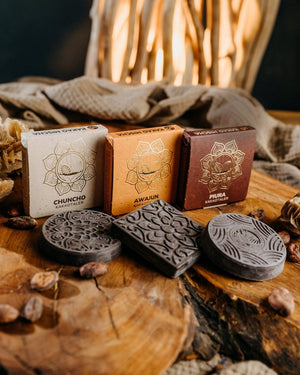


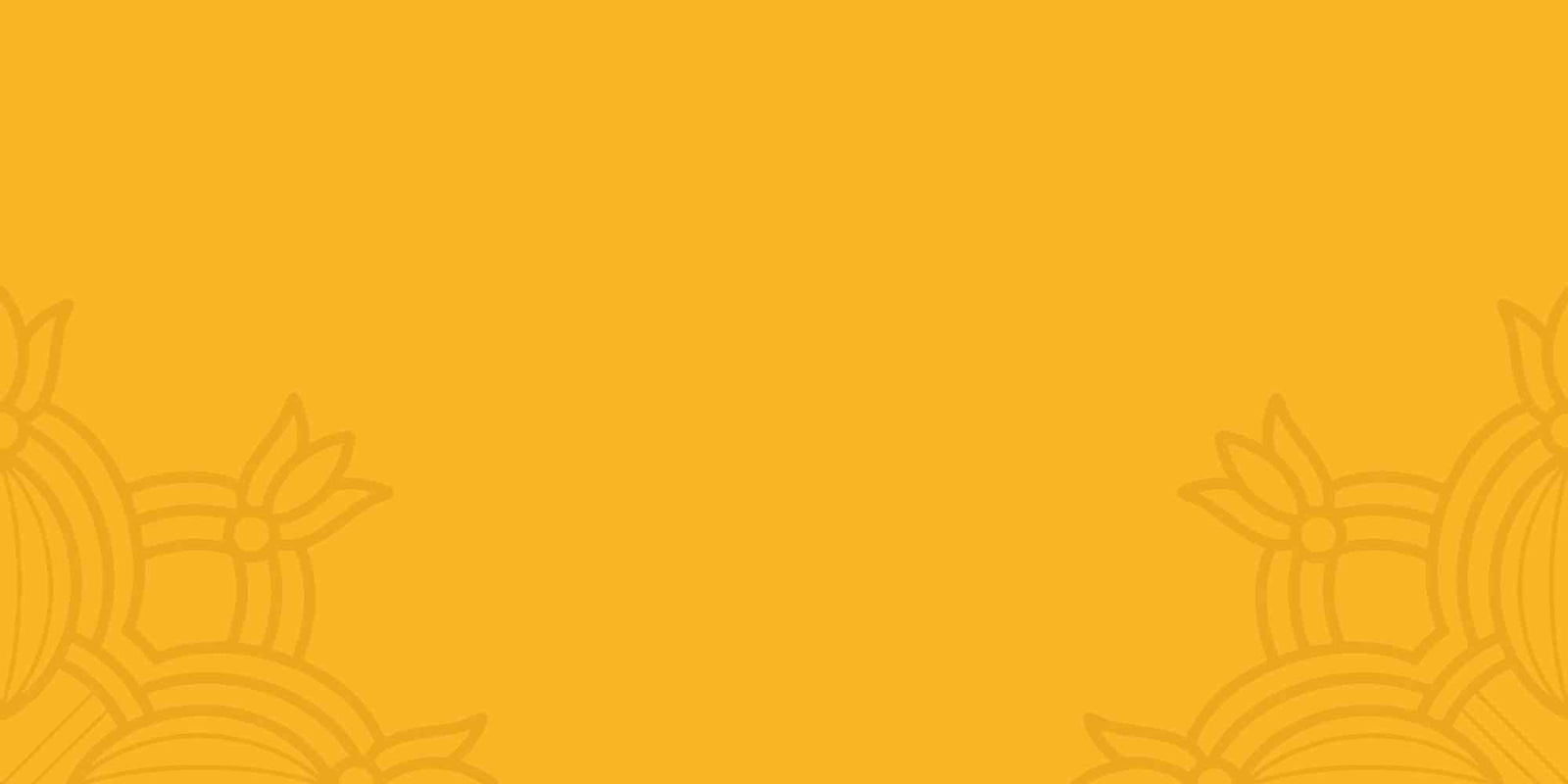
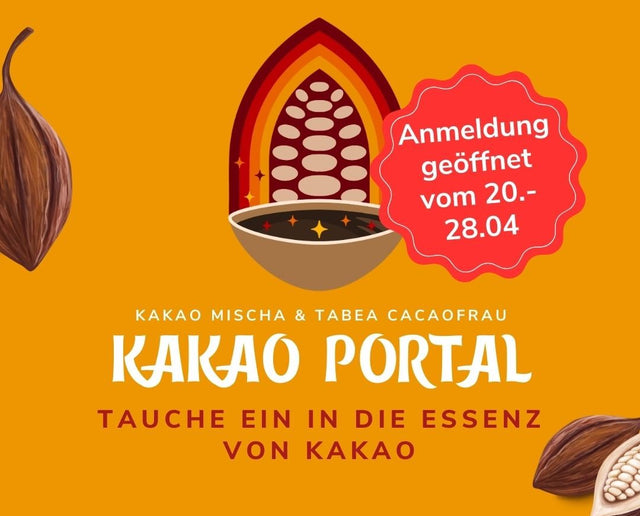
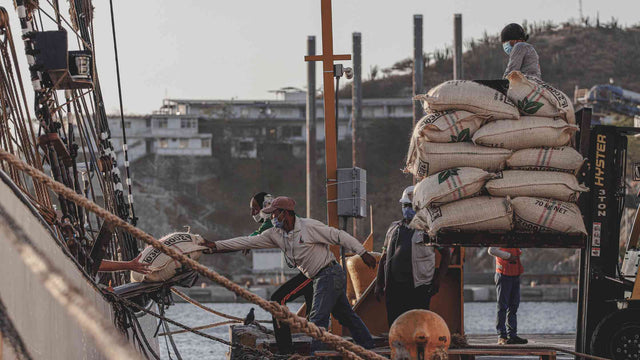

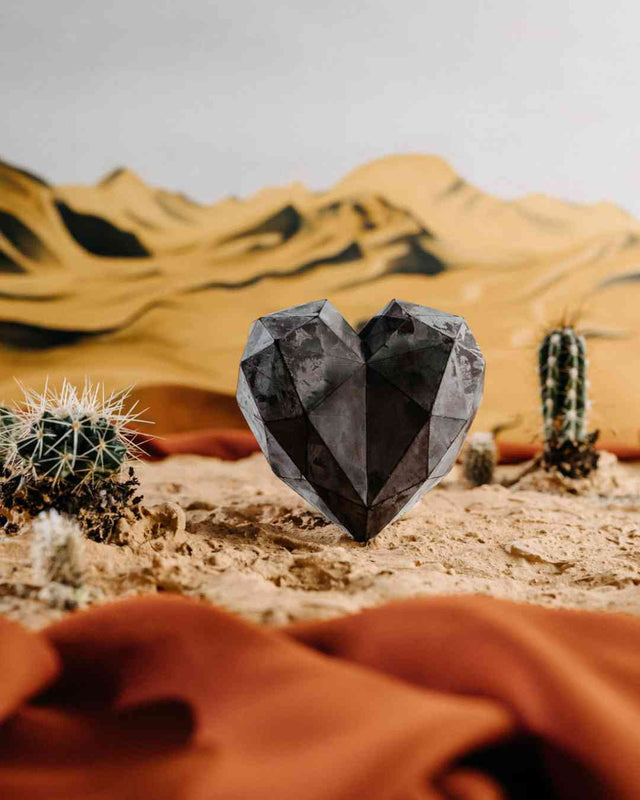


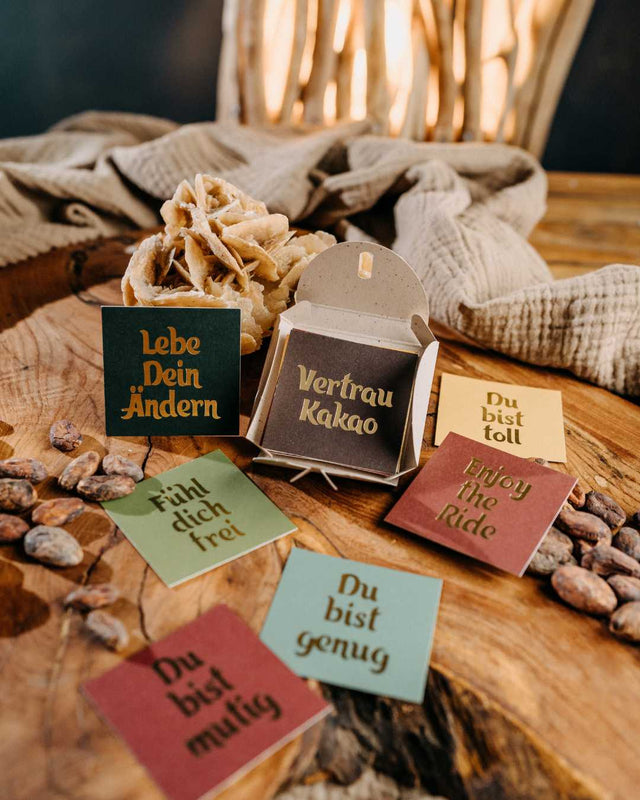

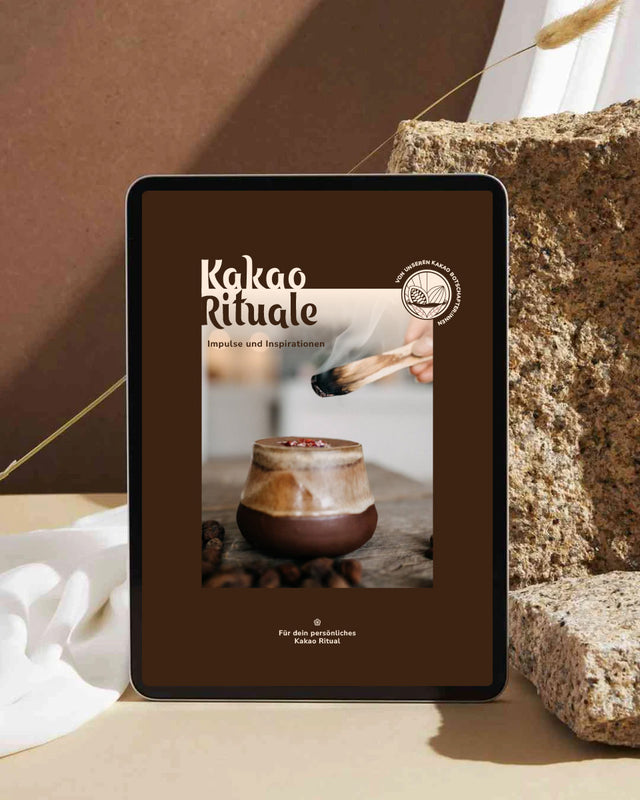
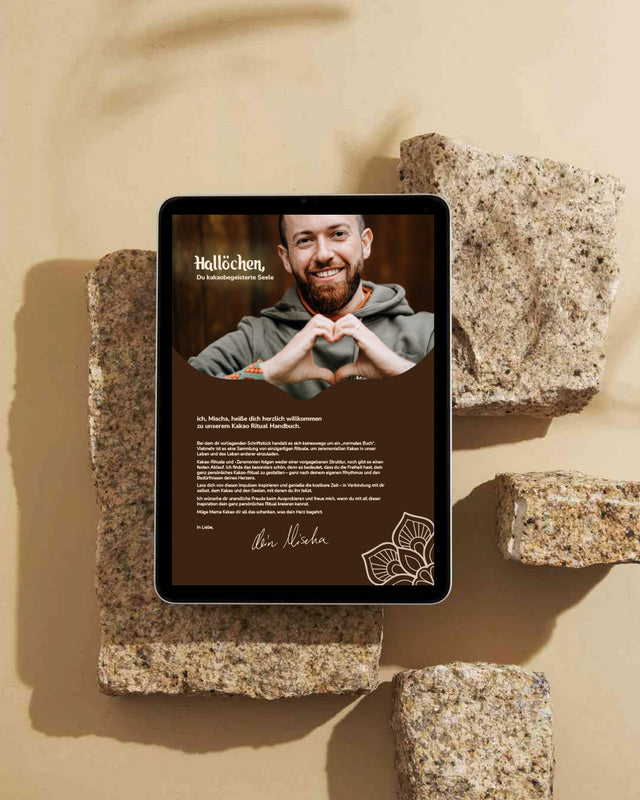

Comments
Lieber Mischa und natürlich das ganze Kakaouniversum drumrum,
ich habe mir eines der besonderen Herzen des Kakaos der Arhuacos bestellt.
Ihn auszupacken war besonders besonders. Noch mehr als sonst. Der erste Geruch spannend, leicht verbrannter Röstduft. Ich bereitete ihn mir zu. Als ich den Deckel öffnete, um ihn in die Tasse umzufüllen, stieg mir ein einzigartiger Duft in die Nase und mit ihm eine so kraftvolle Energie, das ich mich voller Demut fühlte und mir Tränen kamen.
Nun lese ich gerade die Geschichte des Volkes und wundere mich nicht, wie berührt ich allein vom Duft war. Alles Liebe zu euch und diesem besonderen Volk der Arhuacos.
Katja
Toll🤩
Danke🙏🏼